Church of Saint Polyeuktos in Istanbul
 Church of Saint Polyeuktos in Istanbul
Church of Saint Polyeuktos in Istanbul
In the 1960s, during the building of a road near the Valens Aqueduct, the remains of The Church of Saint Polyeuktos were discovered. Even though the church is just ruins, it is significant in terms of providing information on a crucial era in Byzantine history.
Anicia Juliana, the daughter of Olybrius, a previous Western Roman emperor, constructed the church. The cathedral, which was Constantinople's most beautiful building during its construction, was dedicated to a Christian martyr called Saint Polyeuctus. It is essential to take a brief trip through the history of the Eastern Roman Empire in order to comprehend the history of the Church of St. Polyeuktos. Because of a political feud between the Roman aristocracy and the future emperor Justinian, the Church of St. Polyeuktos was constructed.
To explain the tale correctly, we'll have to go back a few steps. We'll discuss about the 4th and 5th centuries, when the Roman Empire's power center moved east.
The Church of St. Polyeuktos History
When The Church of St Polyeuktos was constructed in the 6th century, it marked a significant shift in Roman architecture. The "Basilica" plan was used to design all Roman churches constructed during Emperor Constantine's reign. The basilica, which was originally a Roman construction, was a rectangular structure with three naves. These structures, which formerly served as a courthouse in Rome's history, were transformed to churches during Constantine's reign. The first 200 years of Christianity were characterized by basilica designed structures. However, it was past time for a significant shift. The earliest example of this modification was the Church of Saint Polyeuktos, which featured a central dome while maintaining the three-nave form. The strong walls dividing the main area and the side naves were used to support the dome rising above the nave in the center. It featured two half domes above the entry gate and the apse, similar to Hagia Sophia.
The Church of St Sergius and Bacchus was constructed in response to the aristocracy's arrogance. With its octagonal dome, it gave fresh order to Roman architecture. Anthemius, one of the architects who worked on Hagia Sophia, designed it. The Church of Sts. Sergius and Bacchus, constructed between 527 and 536, and the Church of Saint Polyeuktos, built between 524 and 527, ushered in a new age. Hagia Sophia, the most beautiful building of the Byzantine Empire, was constructed thanks to the two churches' innovative dome designs.
Explore The Church of Saint Polyeuktos
The Church of Saint Polyeuktos was a pioneering building in Byzantine-Roman architecture. Despite the fact that it was destroyed centuries ago, it is still regarded as one of Istanbul's famous Byzantine sites. Empress Theodora and Anicia Juliana, two of the most powerful women in Byzantine history, happened to be alive at the same time.
The architecture of the Hagia Irene Church, which was damaged by an earthquake and reconstructed centuries later, was influenced by the Church of St. Polyeuktos. The most comparable building to the renowned Church of Saint Polyeuctus of the past is Hagia Irene, which is currently situated in the first courtyard of Topkapi Palace. This church, along with the Hagia Sophia Mosque, Topkapi Palace, and many other ancient sites in Istanbul, has a significant influence on the city's historical legacy. The Church of Saint Polyeuktos in Istanbul, which commemorates the city's Christian beginnings, is a meeting place for many Christians from all over the world.




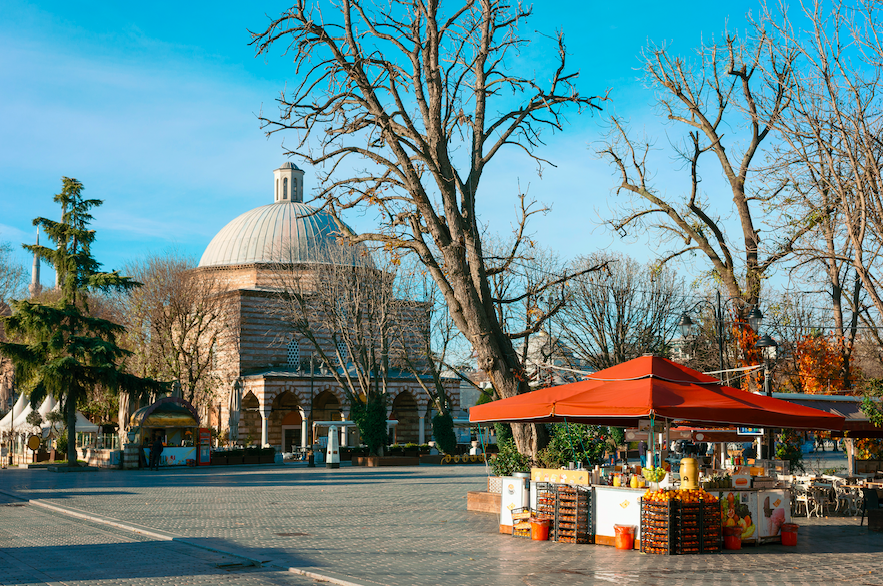
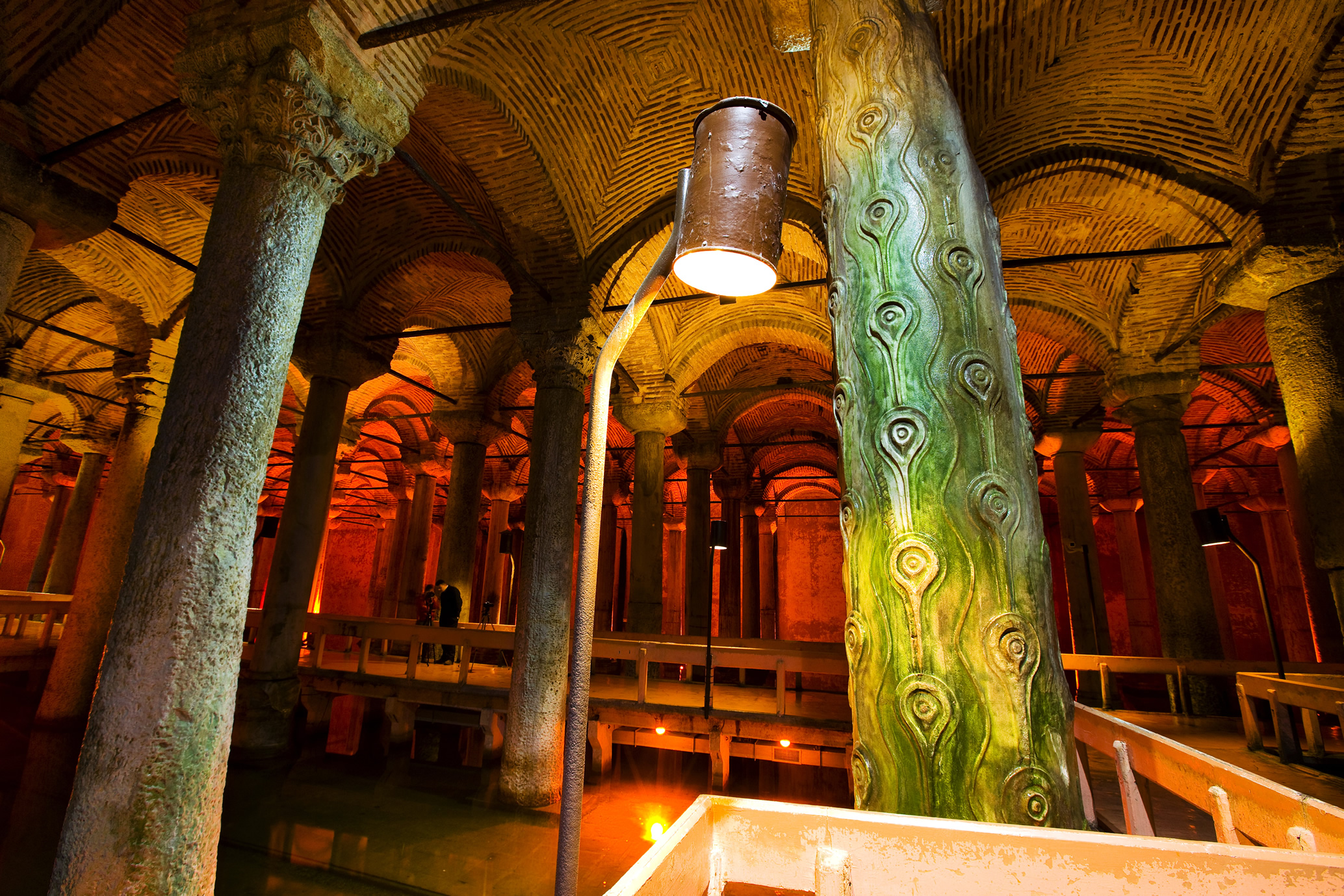
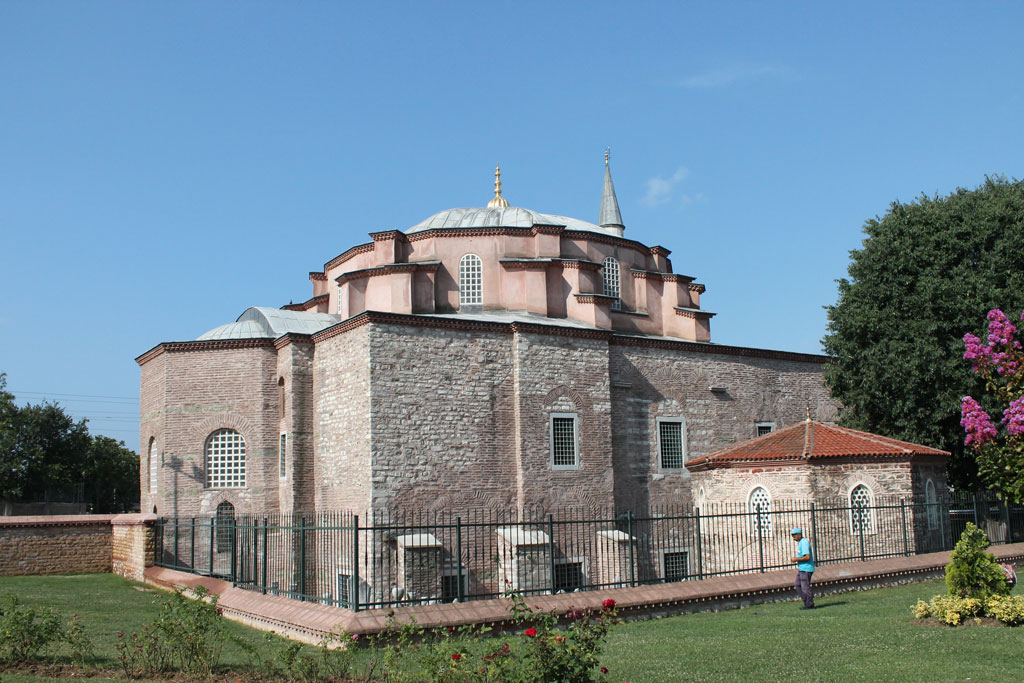
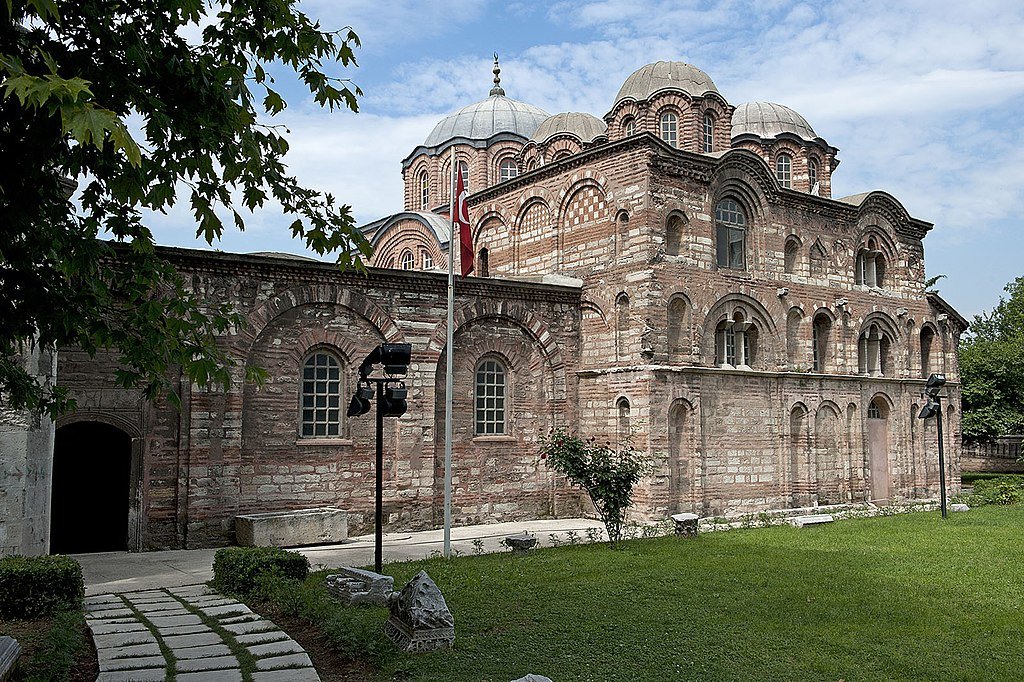
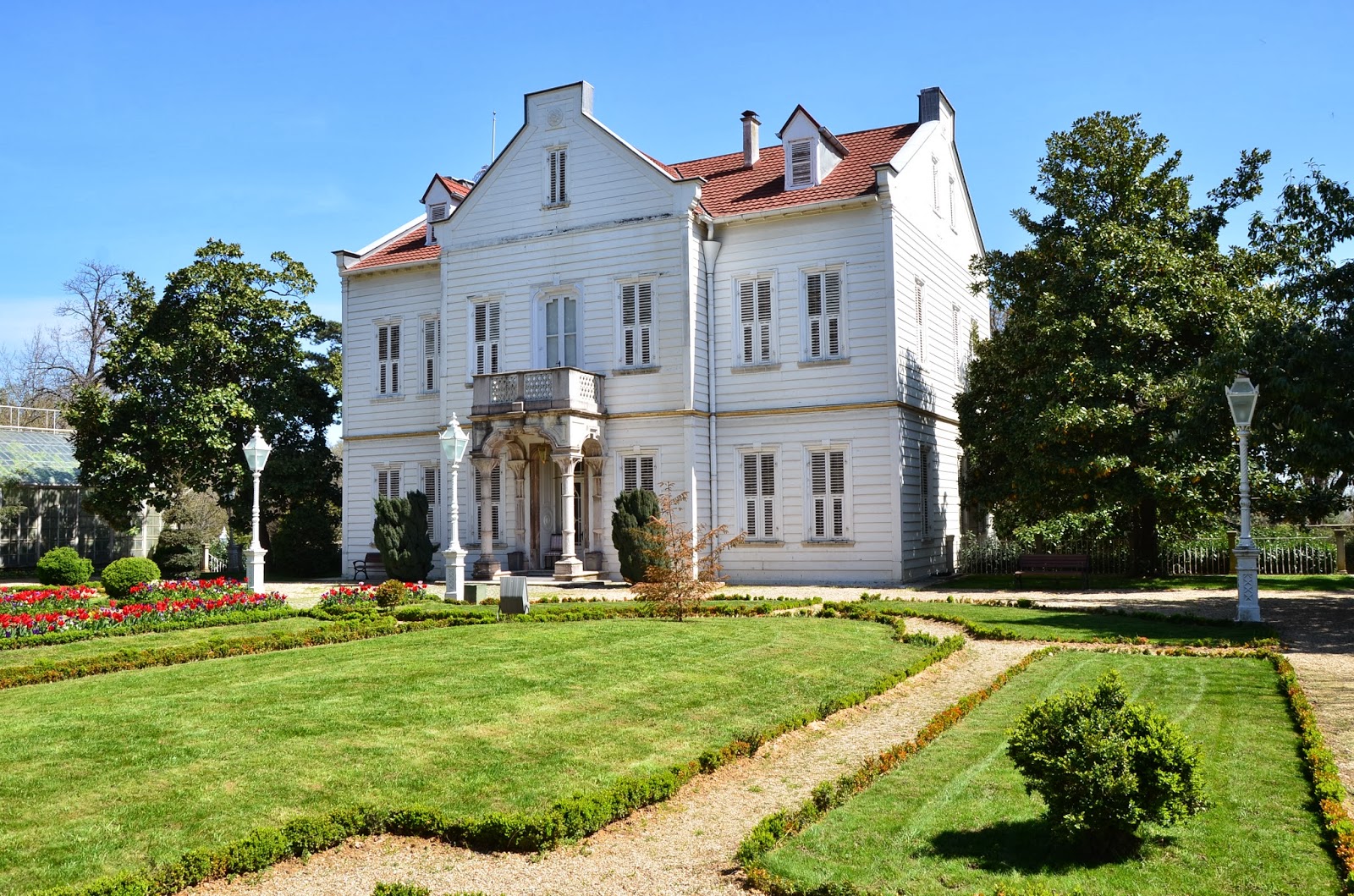
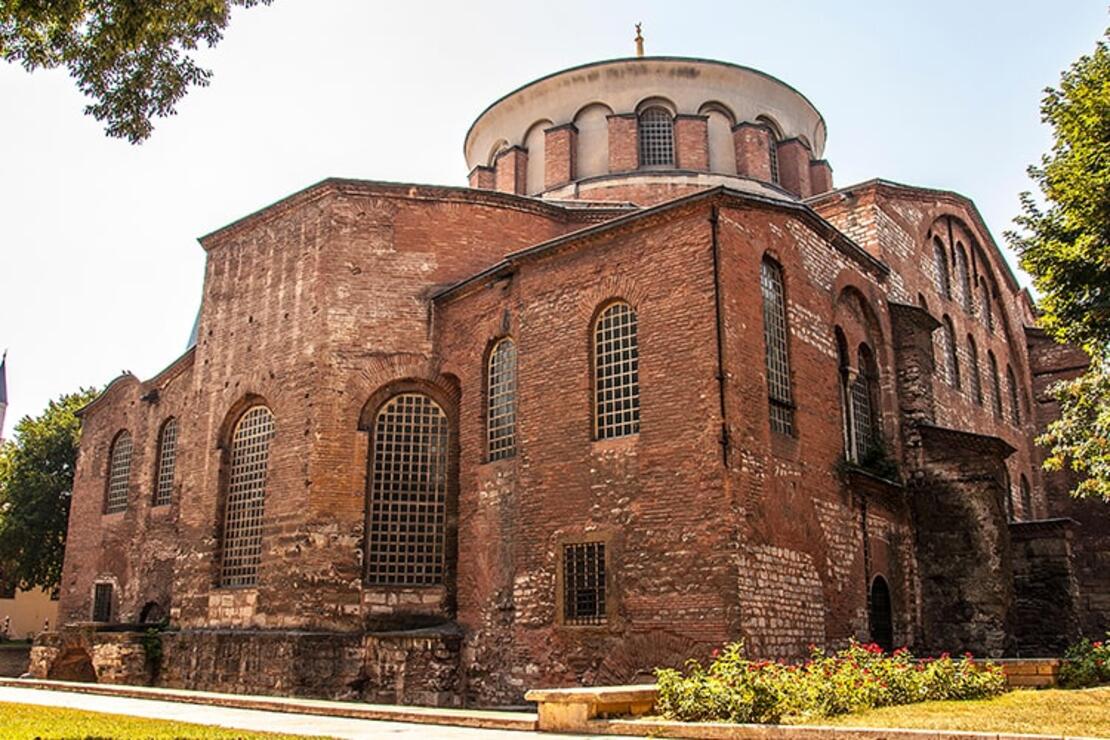
.jpg)
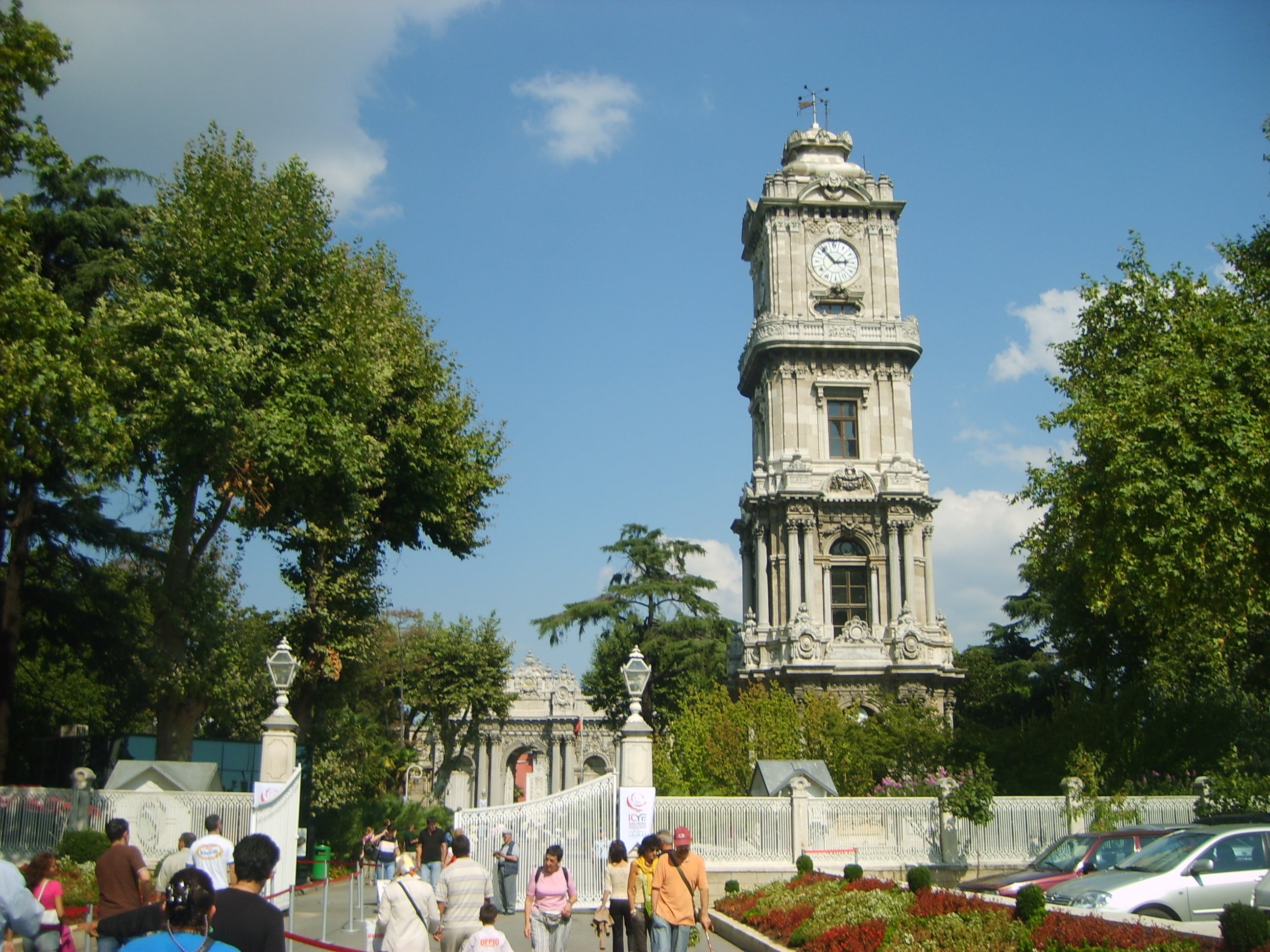

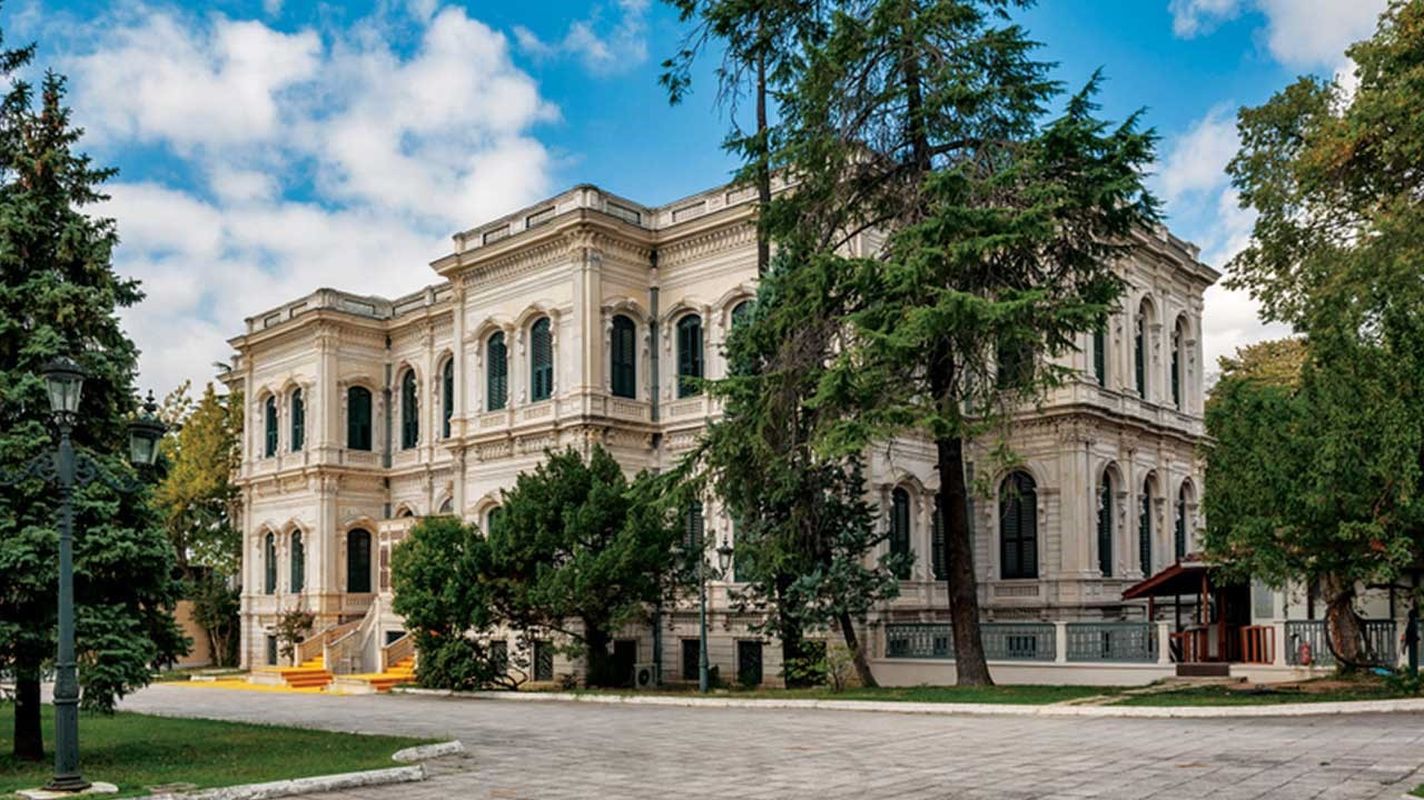
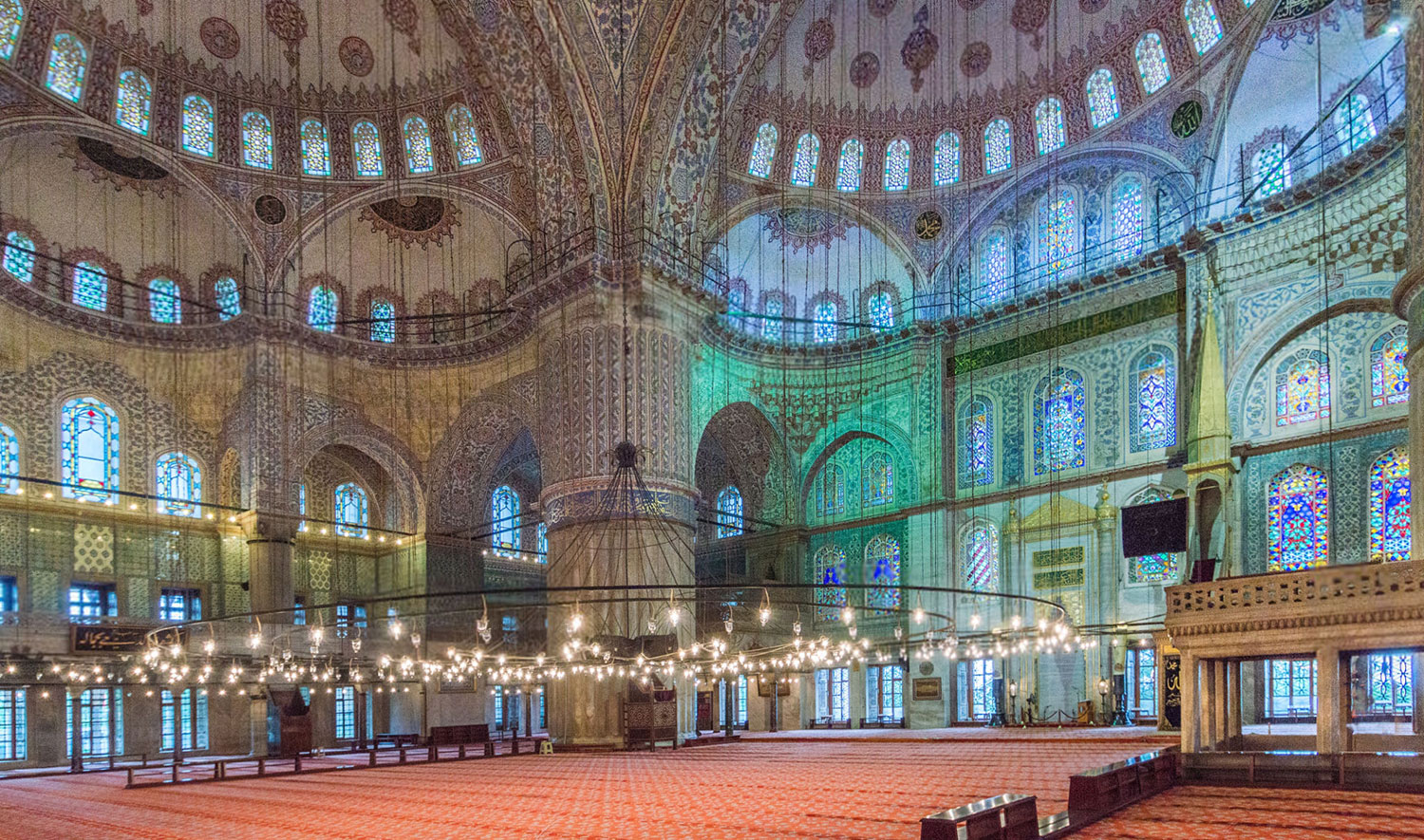

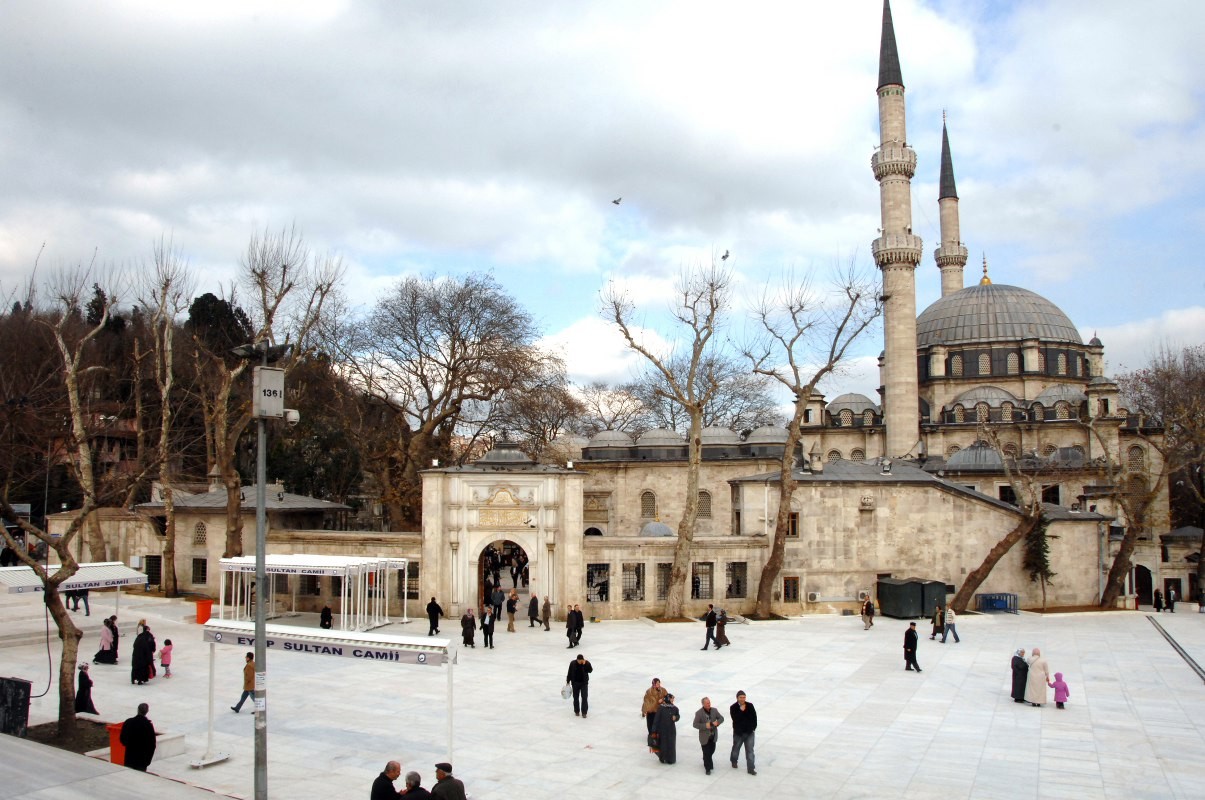






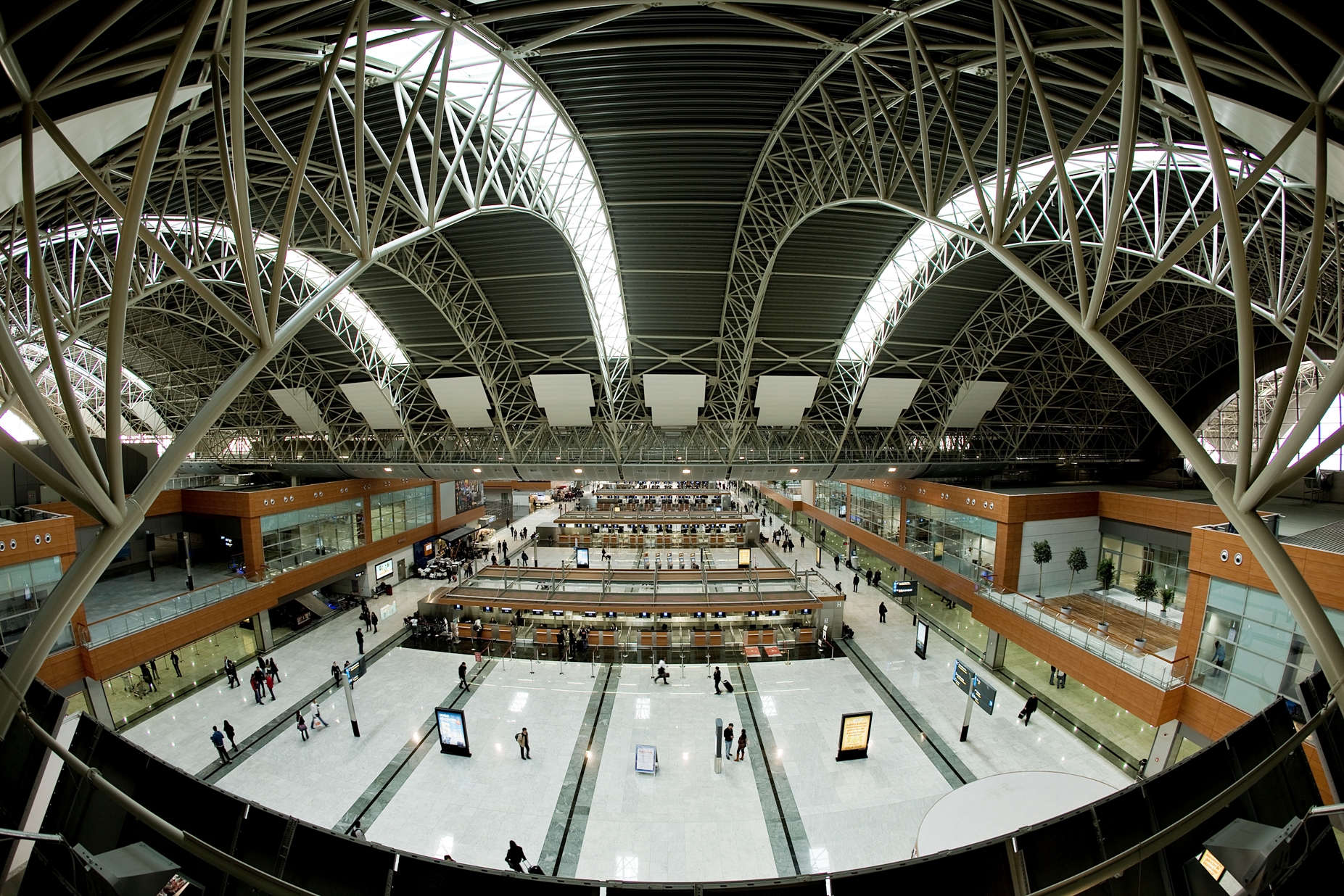

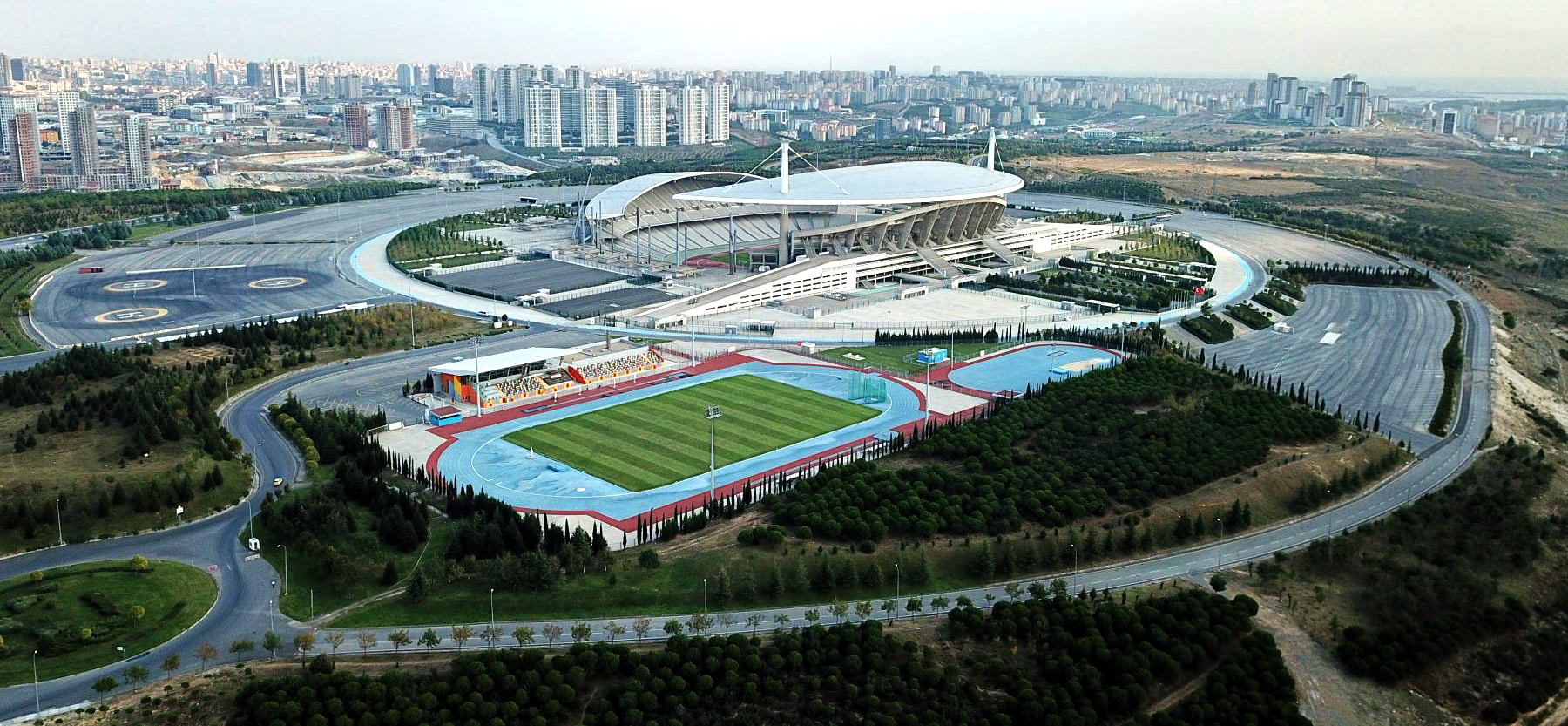

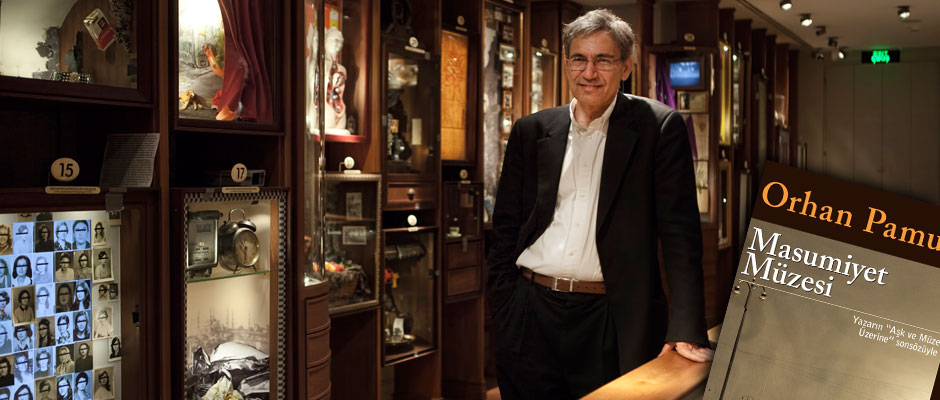

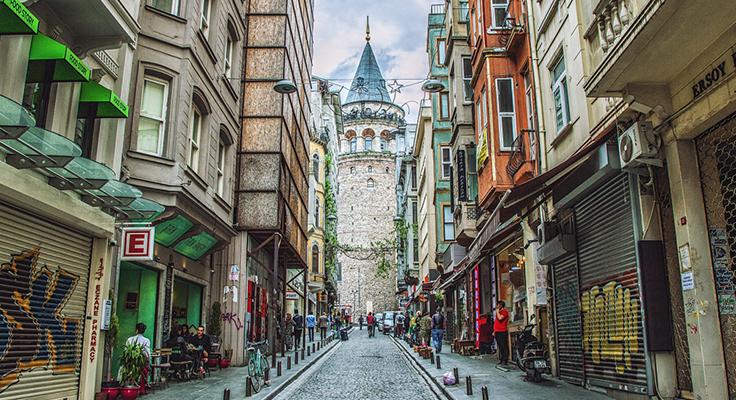

More posts by Gokce Nacar